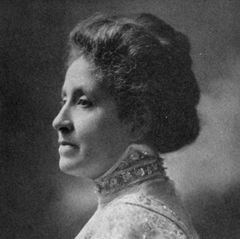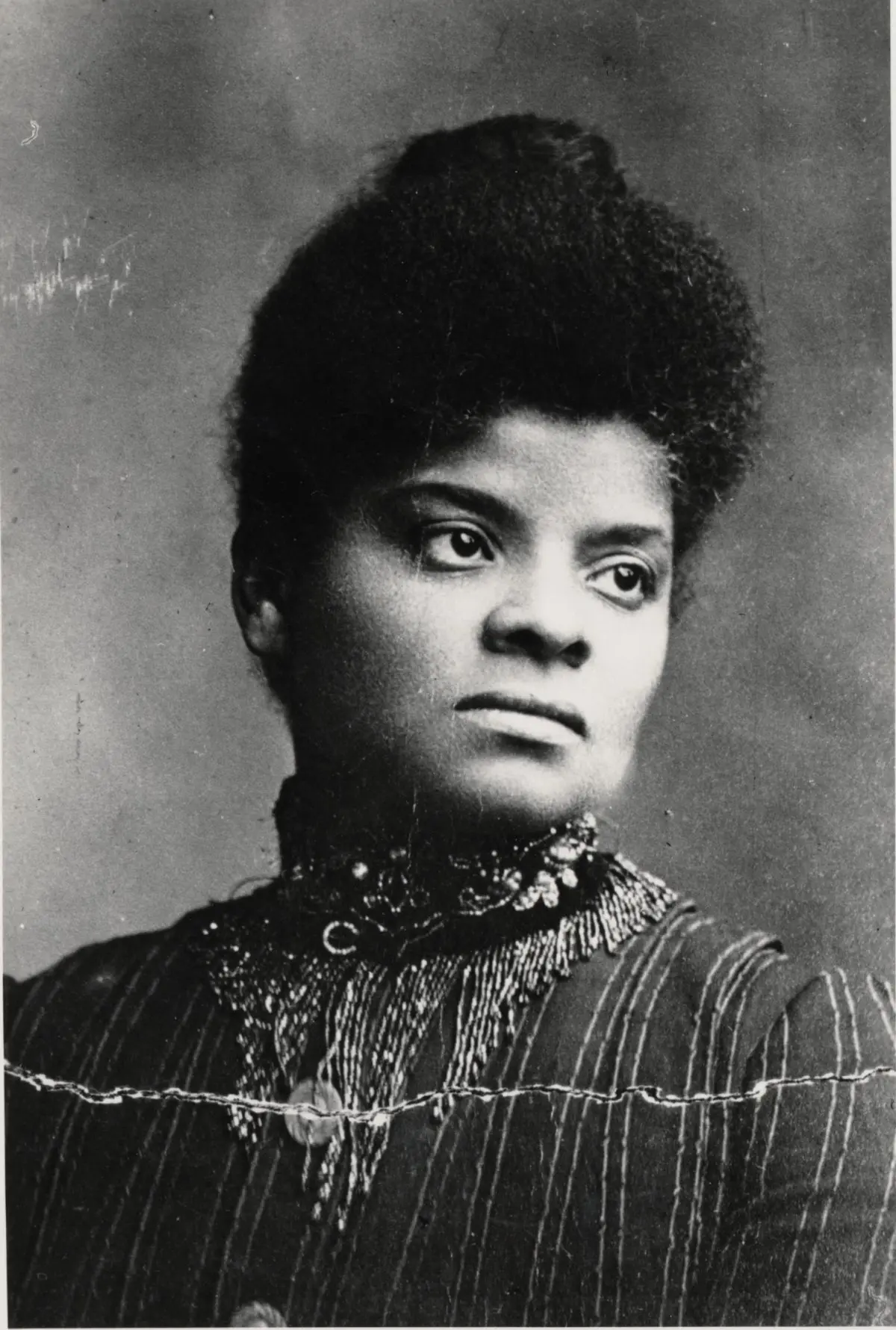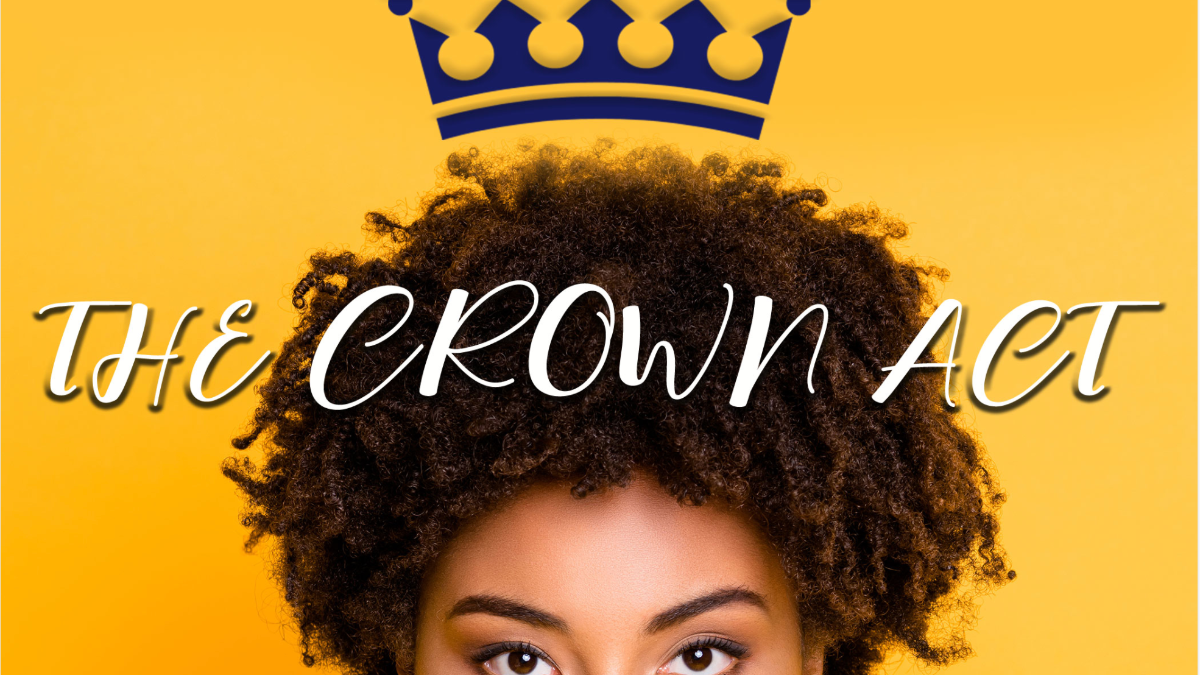
What The Women Before Us Faced: A Brief Timeline
Partager
From the ornate salons of 18th-century New Orleans to the bustling streets of modern metropolises, women's history is filled with resilience.
At The Women Before Me, we honor this legacy through timeless fashion and community initiatives that empower and uplift.
Let's take a journey through the challenges the women before us have had to overcome.
The Tignon Laws
In 1786, the Spanish colonial governor of Louisiana, Esteban Rodríguez Miró, enacted the Tignon Laws, mandating that Black women wear headscarves in an attempt to suppress their beauty. However, these women transformed the tignon into a symbol of resistance, adorning them with vibrant fabrics and intricate designs, asserting their dignity and identity in the face of oppression.
Portrait of Betsy
François (Franz) Fleischbein, Portrait of Betsy, 1837. The Historic New Orleans Collection, acc. no. 1985.212.
The Fight for Suffrage
The 19th and early 20th centuries saw women across the globe rallying for the right to vote. In the United States, while the 19th Amendment granted suffrage to women in 1920, systemic barriers persisted for women of color. Figures like Ida B. Wells and Mary Church Terrell championed both racial and gender equality, highlighting the intersectionality of the struggle.

Mary Church Terrell (Photo Credit: Wikimedia)Commons

Ida B. Wells-Barnett
Cihak and Zima, Ida B. Wells-Barnett, ca. 1893-1894. University of Chicago Library, Special Collections Research Center
Workforce Warriors
During World War I, women entered the workforce in unprecedented numbers, taking on roles traditionally held by men. This shift challenged societal norms and laid the groundwork for future labor rights movements. The establishment of the U.S. Women's Bureau in 1920 marked a significant step toward advocating for women's labor rights and economic opportunities.

Howard R. Hollem, photographer. De Land Pool. 1942. United States. Office of War Information. Library of Congress Prints & Photographs Division.
Modern Movements
Today, movements like the CROWN Act, initiated in 2019, combat race-based hair discrimination, ensuring that Black women can embrace their natural hair without prejudice. This legislation underscores the ongoing fight against systemic biases and the importance of cultural expression.

Image Courtesy of SDSU
Join Us in Honoring Their Legacy
At The Women Before Me, we celebrate the indomitable spirit of women throughout history. Our initiatives include:
The Women Before Me Community: A private space of supportive women sharing inter-generational wisdom. Join.
Art for Impact: A platform showcasing artwork by survivors, with proceeds supporting their healing journeys. Support.
Newsletter: Stay informed and inspired by subscribing to our regular updates. Subscribe.
Shop: Explore our collection of timeless fashion pieces that pay homage to the elegance and strength of the women before us with a portion of proceeds supporting women globally through NGOs. Shop.
By engaging with our community and supporting our mission, you contribute to a legacy of empowerment and transformation for the future generations.
